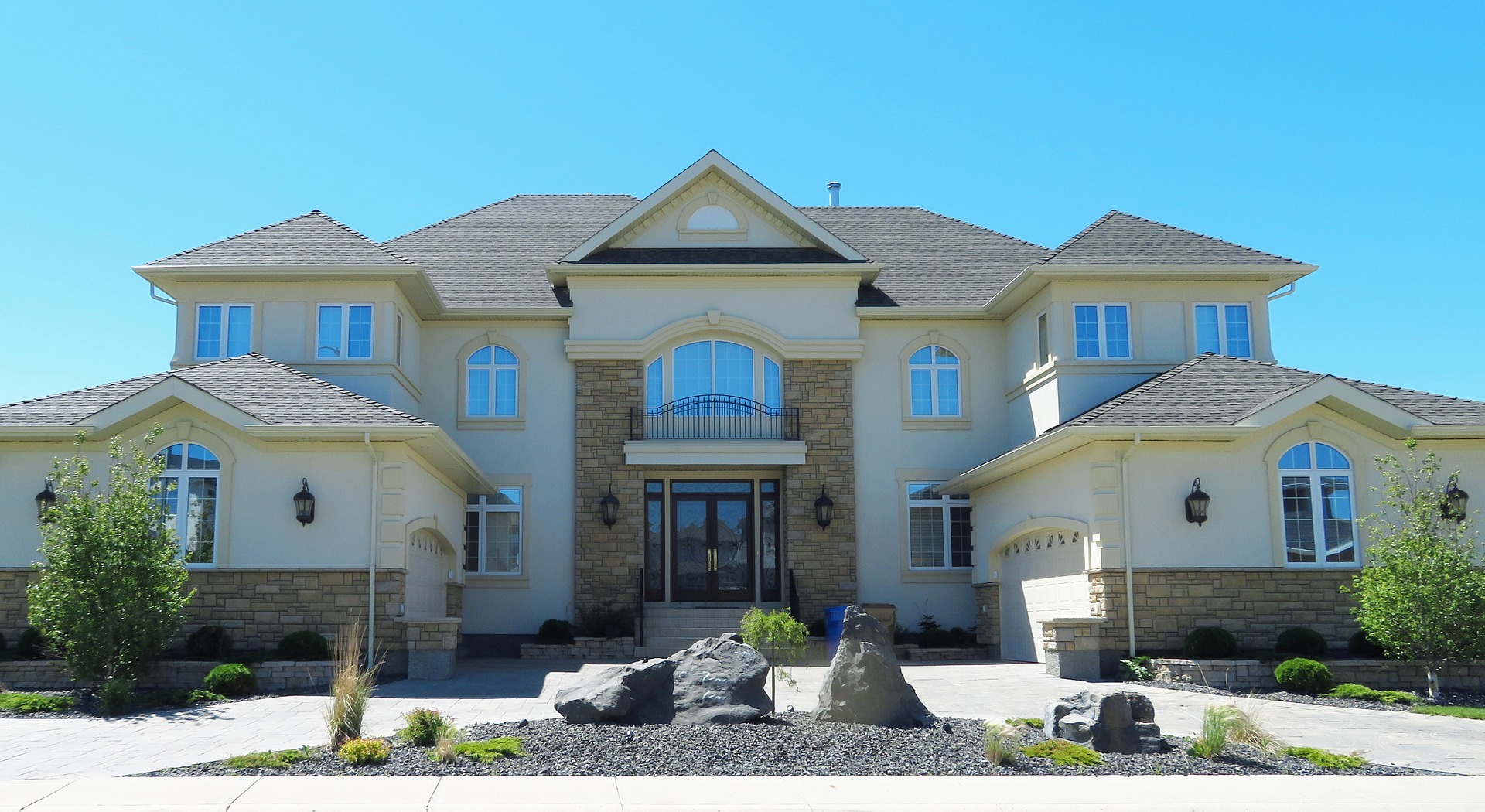
Residential real estate may contain either a single family or multifamily structure, that is available for occupation or for non-business purposes.[2]
Residences can be classified by, if, and how they are connected to neighbouring residences and land. Different types of housing tenure can be used for the same physical type. For example, connected residents might be owned by a single entity and leased out, or owned separately with an agreement covering the relationship between units and common areas and concerns.
- Major categories in North America and Europe
- Attached / multi-unit dwellings
- Apartment (American English) or Flat (British English) – An individual unit in a multi-unit building. The boundaries of the apartment are generally defined by a perimeter of locked or lockable doors. Often seen in multi-story apartment buildings.
- Multi-family house – Often seen in multi-story detached buildings, where each floor is a separate apartment or unit.
- Terraced house (a. k. a. townhouse or rowhouse) – A number of single or multi-unit buildings in a continuous row with shared walls and no intervening space.
- Condominium – Building or complex, similar to apartments, owned by individuals. Common grounds and common areas within the complex are owned and shared jointly. There are townhouse or rowhouse style condominiums as well.
- Cooperative (a. k. a. co-op) – A type of multiple ownership in which the residents of a multi-unit housing complex own shares in the cooperative corporation that owns the property, giving each resident the right to occupy a specific apartment or unit.
- Semi-detached dwellings
- Duplex – Two units with one shared wall.
- Single-family detached house
